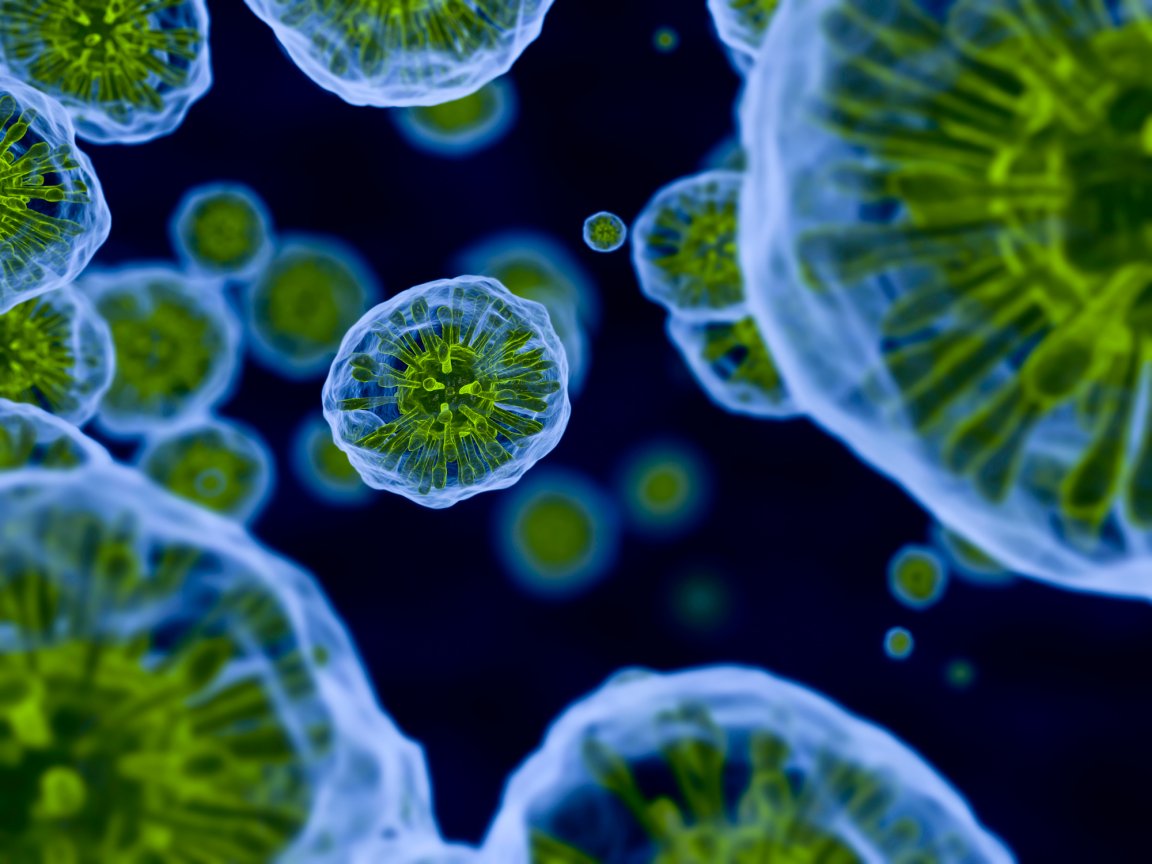
Treating and Preventing HIV
More than 70 million people have been diagnosed with HIV since the early 1980s, and the virus has claimed the lives of more than 35 million people. Some may argue that the worst is behind us, but HIV is still a death sentence for many people across the globe. Until we find a cure or, at the very least, better treatment and prevention options for the disease, it will continue to claim lives.
Now, two new studies launching in Africa — where HIV/AIDS was once the leading cause of death — just might yield the breakthrough we need.

Johnson & Johnson (J&J) has collaborated with the U.S. National Institutes of Health (NIH) and the Bill & Melinda Gates Foundation on a two-vaccine combination that it will trial in 2,600 women in southern Africa over the course of the next three years. The first dose of their HIV vaccine primes the immune system, while the second boosts the body’s response. The vaccine combines proteins from various HIV strains to create a “mosaic” that will, hopefully, be able to prevent infection from any strain of HIV.
“We’re making progress,” Paul Stoffels, Chief Scientific Officer at J&J, told Reuters, before explaining he hopes their HIV vaccine can achieve effectiveness above 50 percent. “That is the goal,” said Stoffels. “Hopefully, we get much higher.”
In November 2016, a trial of another HIV vaccine, HVTN 702, launched in South Africa, and according to Reuters, this is the first time in over a decade that two big HIV vaccines are being tested simultaneously.
In addition to J&J’s vaccine study, a ViiV Healthcare trial also just launched in sub-Saharan Africa. That study will involve 3,200 women, who will be given injections of ViiV’s experimental HIV drug cabotegravir every two months to test its ability to treat HIV. The ViiV initiative is also receiving funding from the NIH and the Gates Foundation, and it is expected to conclude in May 2022.
Promising Developments
Scientists and researchers have been making steady progress in HIV treatments, with 2017 showing potentially the most promise so far.
This year, scientists from the Scripps Research Institute discovered a “functional cure” that was successfully tested on mice, while the NIH conducted a study on an antibody that can kill 99 percent of HIV strains. A drug used to fight cancer could become a new HIV treatment, and CRISPR gene-editing has been used to boost HIV resistances in animals.
Kristen Lanphear, Manager in Community Health Initiatives at Trillium Health, told Futurism that these two new African studies are significant because “an ounce of prevention is worth a pound of cure.” Every new method of preventing HIV infections could result in millions of people living normal, healthy lives.
“Both of these developments are super exciting potential new tools in the prevention toolbox,” said Lanphear. “While a cure is still a possibility, prevention is an achievable way to actually end the HIV epidemic. The more tools we have to use, the faster we can reach that goal.”

HIV is unpredictable — the virus doesn’t affect everyone in the same way, it can become resistant to previously effective drugs, and what works against one strain might not work against another. Additionally, many existing treatments must be used continuously to be effective. Fortunately, Lanphear foresees the potential for the J&J vaccine and Viiv drug to avoid some of those issues.
“No one tool is going to be enough to do the job, because every tool doesn’t work the same for every person or every country,” said Lanphear. “Both of these developments take some variability out of the equation – they rely less on continued action (taking a daily medication or using condoms consistently, for example) and allow for one-time or episodic commitment to a health behavior.”
Both the HIV vaccine trial and the treatment trial are just kicking off, so we won’t know for some time just how viable they are. Still, they’ll be worth the wait if they can save lives and help us end HIV once and for all.